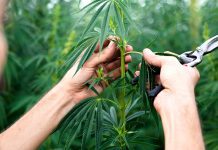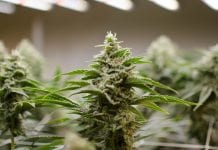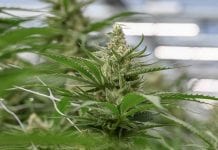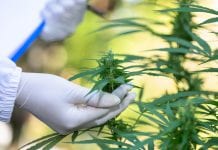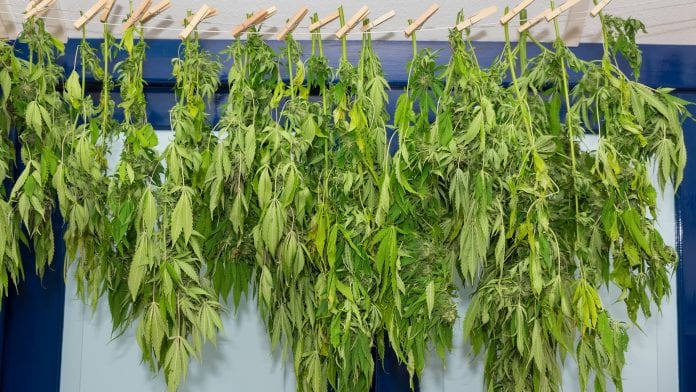
The curing of farmed cannabis is undertaken for broadly similar reasons to the curing of meats and other perishable foods.
By removing destructive bacteria, the cannabis curing process preserves organically based products for longer term storage. Like many cured meats, such as bacon and hákarl, users commonly find the taste of cannabis which has been preserved through curing to be more palatable than its fresher equivalent.
Why do we cure and dry cannabis?
By appropriately preserving each new crop of cannabis shortly after it is harvested, a producer can be certain that their harvest can be safely stored until it is sold. Freshly picked cannabis which is not dried or cured carries a greater risk of incurring mould, mildew or rot. Storing cannabis products which have not been correctly preserved or packaged in areas with high humidity levels will further accelerate the degradation process.
Some cannabis cultivation and production operations elide the necessary drying and curing processes from their product chains due to space and economic concerns: rather than setting aside a section of their facility to preserve the product before it is stored, these businesses would prefer to devote their entire operational space to storing unpreserved cannabis.
While in the short term this would appear to make economic sense, as it allows the producer more space for storage, in the long term it is deeply flawed; as the cannabis which is produced has a substantially shorter shelf life and is less strong than a correctly cured product – and, in the event of mould, can be hazardous or even toxic to the consumer.
Like all plant matter, cannabis begins to enter the process of degradation as soon as it has been harvested. Curing cannabis eliminates the bacteria and enzymes which cause the plant matter to break down; and in doing so, arrests the breakdown of terpenes and cannabinoids, both of which are essentially volatile compounds and, without intervention, would either break down into less active compounds or simply evaporate altogether.
How do we cure and dry cannabis?
To dry cannabis buds, their water content must normally be reduced to between 10% and 15%. This can vary according to the particular purpose of the finished product – experts recommend a final water content of 10% to 12% for cannabis which is to be smoked with tobacco, while product which is intended for use in a vaporiser may have water content between 12% and 15%. Gourmet users who prioritise flavour prefer buds with a water content as low as 8%, resulting in a purer flavour and an even burn.
In order to create an optimal product, the drying process must be slow and carefully regulated: rushed or inconsistent drying can result in a product which is dusty and fragile; or worse, if the drying process is not adequately completed due to haste and the product retains excessive moisture, the risk of mould and mildew increases.
It is typically considered best to dry a cannabis harvest in strictly controlled climate conditions: moderately cool drying rooms are preferred for better preservation of the highest possible levels of terpenes; however, at temperatures much below 15°C the product will retain excessive amounts of chlorophyll. This will have a detrimental effect on both the smell and taste. Judicious application of both heaters and coolers, as well as humidifiers and dehumidifiers, enable the producer to maintain a consistent level of temperature and humidity.
Curing can begin once the product has undergone the multi-day drying process: the dried cannabis is placed in sealed containers for retention of moisture and terpenes. These containers must be checked multiple times per day, to ensure that the cannabis is retaining an appropriate level of moisture – overly moist buds may need to return to the drying process for a period – and to change the air in the containers. Moisture inspections may be done through touch or using a hygrometer, which measures ambient humidity; producers who find their cannabis produces an ammonia-like odour at this stage must return it to the drying stage immediately, as this smell is an indication that excessive moisture is causing the plant to break down.
The curing process continues for at least one to two months, after which the air in the containers will need changing much less frequently. The final product may be stored in these containers for up to six months, or alternatively it may be vacuum packed for longer term storage and sale.
This article appeared in the second issue of Medical Cannabis Network which is out now. Click here to get your free subscription today.





